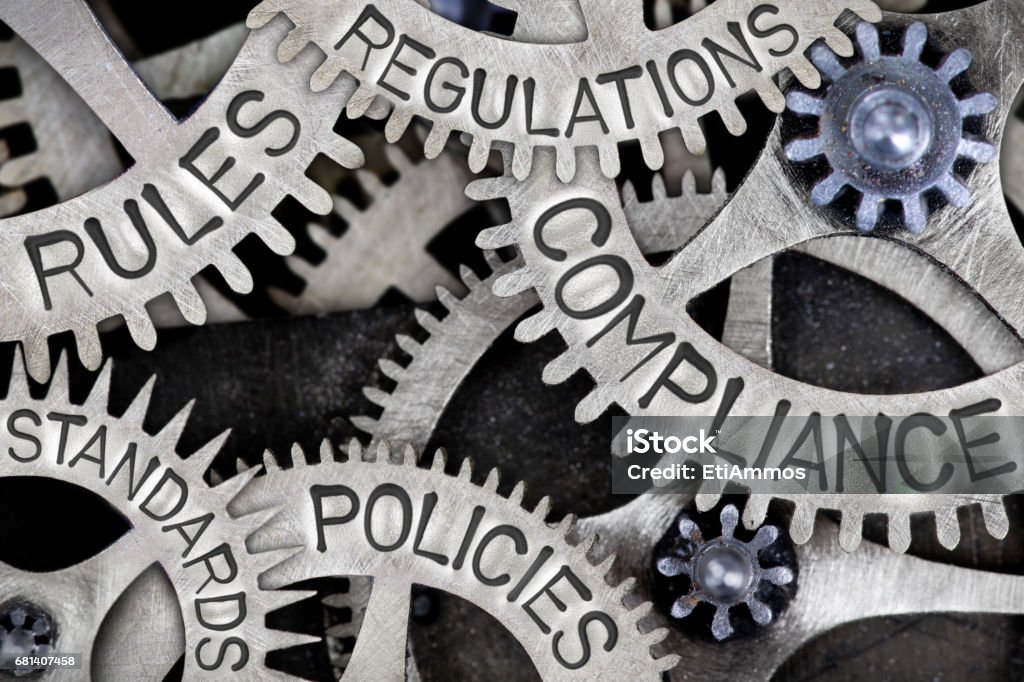Businesses depend on Regulatory reporting as their essential operational function to provide transparency while ensuring compliance and supporting decision-making processes. The quick technological progress forces traditional financial reporting systems to experience substantial modifications. Financial data collection and analysis undergoes revolutionary changes through modern innovations including automation together with artificial intelligence (AI) and cloud computing and blockchain. The paper investigates technological transformations in financial reporting together with their implications for businesses and their stakeholders.
Page Contents
1. Automation and Artificial Intelligence (AI)
Financial reporting experiences transformative changes because of automation and artificial intelligence. Businesses achieve process optimization through these technologies which also minimize errors while improving operational efficiency. The analysis of large financial datasets by AI-powered software reveals hidden patterns together with unusual data points which human accountants might overlook.
Companies leverage AI predictive analytics to identify financial trends which enables them to make decisions ahead of time. Financial professionals benefit from Robotic Process Automation (RPA) because it automates repetitive tasks including data entry and reconciliation and report generation to allow professionals to concentrate on strategic analysis and planning.
2. Cloud Computing and Real-Time Reporting
Cloud computing brings financial reporting into the modern age through its secure platform which provides scalable real-time access to financial data. Financial management systems based in the cloud allow businesses to unite financial data from various locations and departments which results in more accurate and consistent information.
Cloud solutions enable real-time financial reporting which allows businesses to produce reports without waiting for month-end or quarter-end closing. The improved accessibility through collaboration minimizes errors while enabling stakeholders to make better decisions by accessing current financial information.
3. Blockchain for Transparency and Security
Financial reporting experiences fundamental changes through blockchain technology which delivers increased transparency and security together with enhanced trust. Blockchain technology delivers secure transaction records through its decentralized system which prevents any modification attempts. Blockchain technology delivers maximum benefits to audit trails and fraud prevention operations.
Through blockchain implementation organizations can create tamper-proof financial risk management records which makes audit processes more streamlined and regulatory requirements simpler to fulfill. Blockchain-powered smart contracts automate financial operations by enforcing predefined rules which minimizes both human mistakes and fraudulent conduct.
4. Data Analytics and Business Intelligence (BI)
The combination of advanced data analytics tools with business intelligence solutions helps organizations achieve better financial performance understanding. Through these technologies organizations can process complicated financial data to discover patterns which enables them to base their decisions on data analysis.
BI dashboards alongside visualization tools display financial metrics through intuitive formats that help stakeholders together with executives better understand essential financial indicators. Businesses use rapid accurate dataset processing abilities to enhance their financial planning and risk management operations.
5. Regulatory Compliance and Digital Reporting
Financial reporting compliance demands stricter regulations so technology serves as a critical tool to maintain regulatory standards. The adoption of eXtensible Business Reporting Language (XBRL) as a digital reporting standard enables businesses to establish standardized financial disclosures while improving regulatory transparency.
Through regulatory technology (RegTech) solutions AI and automation help organizations optimize compliance processes for financial reports to fulfill changing legal and accounting requirements. Businesses that embed compliance checks within their financial reporting systems decrease regulatory penalties while enhancing their governance practices.
6. Integration of Enterprise Resource Planning (ERP) Systems
Businesses require Enterprise Resource Planning (ERP) systems to achieve financial reporting integration with their core business operations. ERP software unifies financial information with supply chain management and human resources and customer relations data to generate a complete financial overview of an organization.
ERP solutions today use AI and machine learning to automate financial reporting tasks and boost accuracy and enable better decision-making capabilities. Businesses achieve financial record consistency through these systems which also deliver real-time operational performance data.
7. Challenges and Considerations
Businesses face multiple obstacles when they use technology for financial reporting although the advantages are clear. The prime target status of financial information makes data security and privacy concerns the main challenges businesses face. Businesses need to establish strong cybersecurity systems which defend their sensitive financial information from threats.
The integration of new technologies with older established systems presents a major challenge to businesses. The adoption of modern financial reporting tools remains challenging because organizations need to spend money on new infrastructure and train their employees to use these tools.
The efficiency gains from AI and automation systems create concerns about job loss among workers. Financial experts need to learn technology-based competencies which emphasize analytical work and strategic planning and governance instead of performing basic data collection and reporting tasks.
8. The Future of Financial Reporting
Financial reporting will experience ongoing evolution because of emerging technological advancements. AI technology will advance to deliver better predictive financial analysis and risk evaluation capabilities. Blockchain technology will gain broader acceptance which will lead to enhanced financial statement auditability and better trust in financial reports.
Organizations will need to follow standardized electronic reporting formats because regulatory bodies will establish additional digital compliance frameworks. Cloud-based solutions will develop new features to improve financial reporting security and flexibility.
Conclusion
Financial reporting experiences a digital transformation through technology which enhances precision and operational speed and regulatory adherence. Financial data processing and analysis alongside data sharing have undergone fundamental changes through automation alongside AI technology and blockchain systems and cloud computing solutions. The implementation of modern technological solutions by businesses enables them to achieve better financial performance in the market. Organizations that monitor emerging trends and acquire suitable tools will maintain efficient transparent financial reporting systems which are ready for the future.




